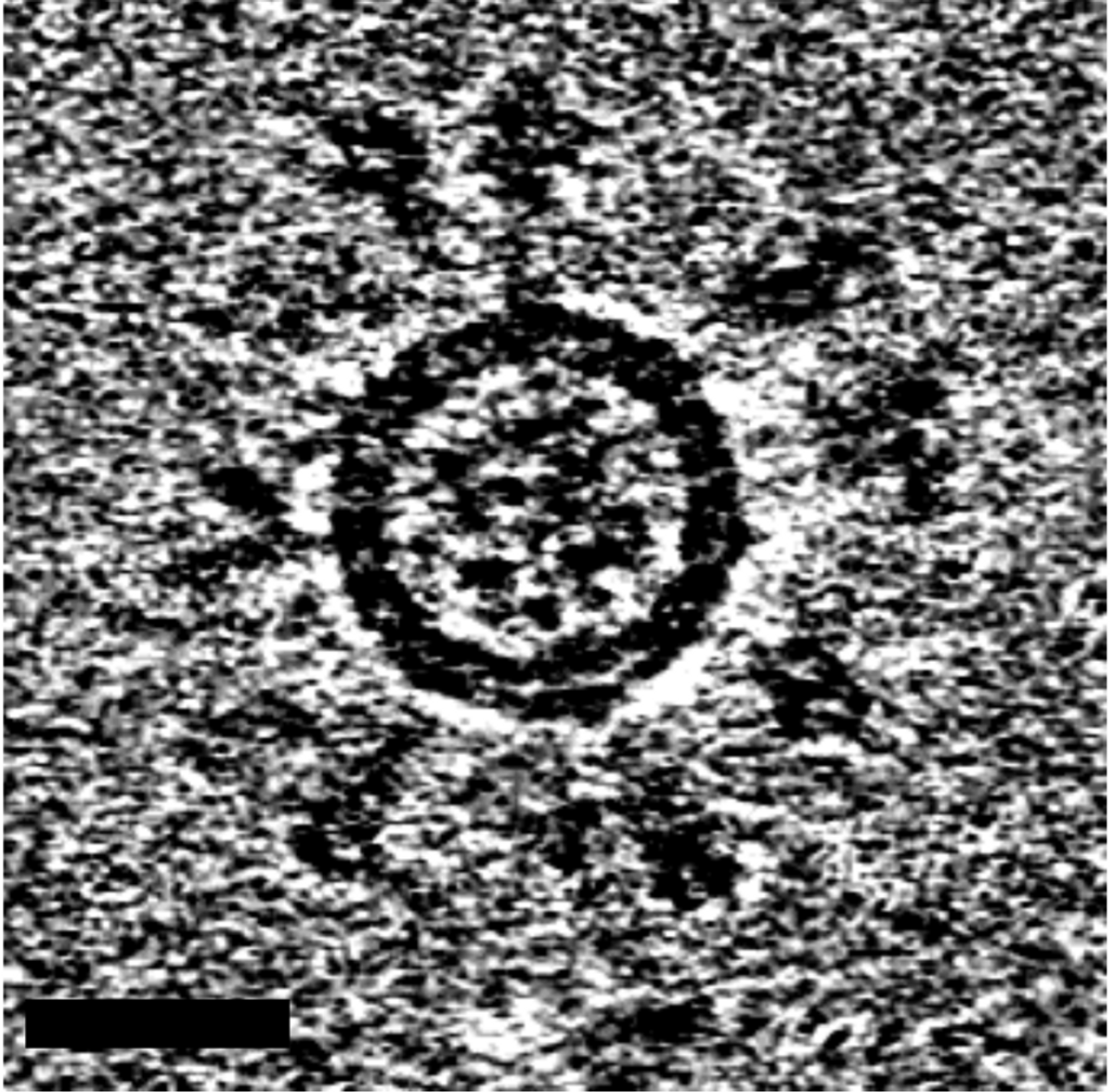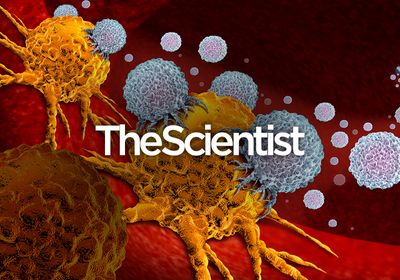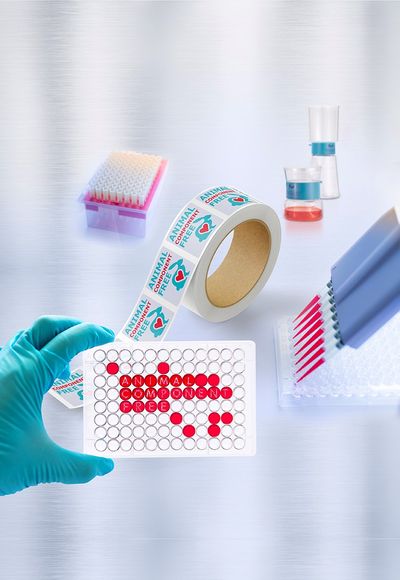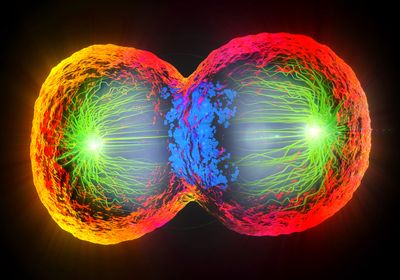
On March 11th 2020, the World Health Organization (WHO) declared that COVID-19 was a global pandemic. In the fight against COVID-19, two FDA-approved mRNA vaccines were developed by Pfizer/BioNTech (BNT162b2) and Moderna (mRNA-1273), which produce the SARS-CoV-2 spike protein to activate potent B and T cell responses.1,2 B cells produce antibodies that bind to the spike protein on the surface of the SARS-CoV-2 virus.2 Some of these antibodies, called neutralizing antibodies, block the virus from attaching to our cells, thereby effectively preventing infection.3 In addition to mRNA vaccines, potent antibody responses can also be elicited by protein-based vaccines, such as the Novavax NVX-CoV2373 vaccine, that present the SARS-CoV-2 spike protein on the surface of virus-resembling nanoparticles.
Magnus Hoffmann, originally a Caltech graduate student and now an independent research fellow at the Merkin Institute at the California Institute of Technology, wanted to combat two major problems with the current vaccination approaches. The first was that the SARS-CoV-2 virus evolves over time, rendering available vaccines less effective, as has been observed with the Omicron variants.4 The second problem was that antibody titers produced by a vaccinated individual drop over time, increasing susceptibility to future infections and requiring frequent booster shots to maintain robust immunity.5
In a recent publication in Cell, Hoffmann describes the novel technique he developed that combines features of mRNA and protein nanoparticle-based vaccines to produce potent antibody and T cell responses by combining features of mRNA and protein nanoparticle-based vaccines. This approach is based on a new technology that induces production of self-assembling enveloped virus-like particles (eVLPs) containing dense arrays of spike proteins on their surfaces.6
Hoffmann and his colleagues strategically engineered the SARS-CoV-2 spike mRNA sequence to contain an additional short region that, upon translation and protein folding, recruits a cell’s endosomal sorting complex required for transport (ESCRT) machinery to the spike protein’s cytoplasmic tail. This complex then facilitates the formation of spike protein-containing eVLPs that bud from the cell membrane. The researchers hoped that, when used as a vaccine, the modified mRNA would produce spike proteins on cell surfaces and on the surfaces of released eVLPs, stimulating antibody production above and beyond the existing options.
“An mRNA vaccine mimics an infected cell, while a protein nanoparticle-based vaccine mimics a virus. During a natural infection, the immune system gets exposed to both,” said Hoffmann. “What we are doing is mimicking a natural infection more accurately, in which you see infected cells, but you also see virus particles.”
Fifty-six days after injecting their eVLP-forming mRNA into immunized mice, the researchers observed a five-fold increase in antibody titers against SARS-CoV-2 strain WA.1 and a 10-fold increase against the Omicron BA.1 variant compared to spike mRNA used in conventional vaccines.6 “With a conventional mRNA vaccine, you have to give at least three immunizations to get robust neutralizing responses against those variants, but we achieved it with two immunizations, ” says Hoffmann.
“I think it's a very clever piece of work and has really important practical applications,” said ESCRT expert Wes Sundquist from the University of Utah who was not involved in the study. “The advantages are that you only need a single gene to create these [eVLPs] and you can purify them from cells. More importantly, you can deliver them as single mRNA.”
Hoffmann believes that with this approach, one could get robust neutralizing responses against viral variants and reduce the overall number of vaccine doses required. Before getting to the clinical trial stage, Hoffmann plans to test the eVLP-producing mRNA in non-human primates and develop similar vaccines for other viruses, such as influenza virus and human immunodeficiency virus (HIV).
References
- C. Zheng et al., "Real-world effectiveness of COVID-19 vaccines: a literature review and meta-analysis," Int J Infect Dis, 114:252–260, 2022.
- S.J. Kent et al., "Disentangling the relative importance of T cell responses in COVID-19: leading actors or supporting cast?" Nat Rev Immunol, 22(6):387–397, 2022.
- K.L. Rock et al., "Present yourself! By MHC class I and MHC class II molecules," Trends Immunol, 37(11):724–737, 2016.
- N.P. Hachmann et al., "Neutralization escape by SARS-CoV-2 omicron subvariants BA.2.12.1, BA.4, and BA.5," N Engl J Med, 387(1):86–88, 2022.
- Z. Zhang et al., "Humoral and cellular immune memory to four COVID-19 vaccines," Cell, 185(14):2434-2451.e17, 2022.
- M.A.G. Hoffmann et al., "ESCRT recruitment to SARS-CoV-2 spike induces virus-like particles that improve mRNA vaccines," Cell, 186(11):2380-2391.e9, 2023.






